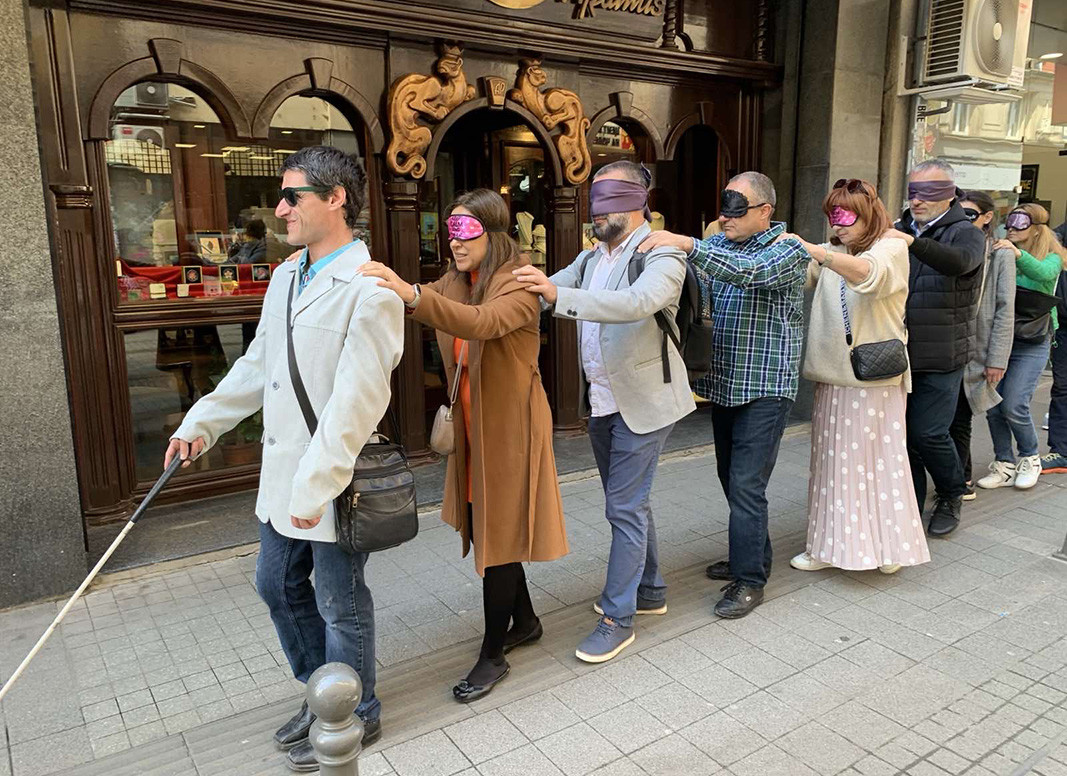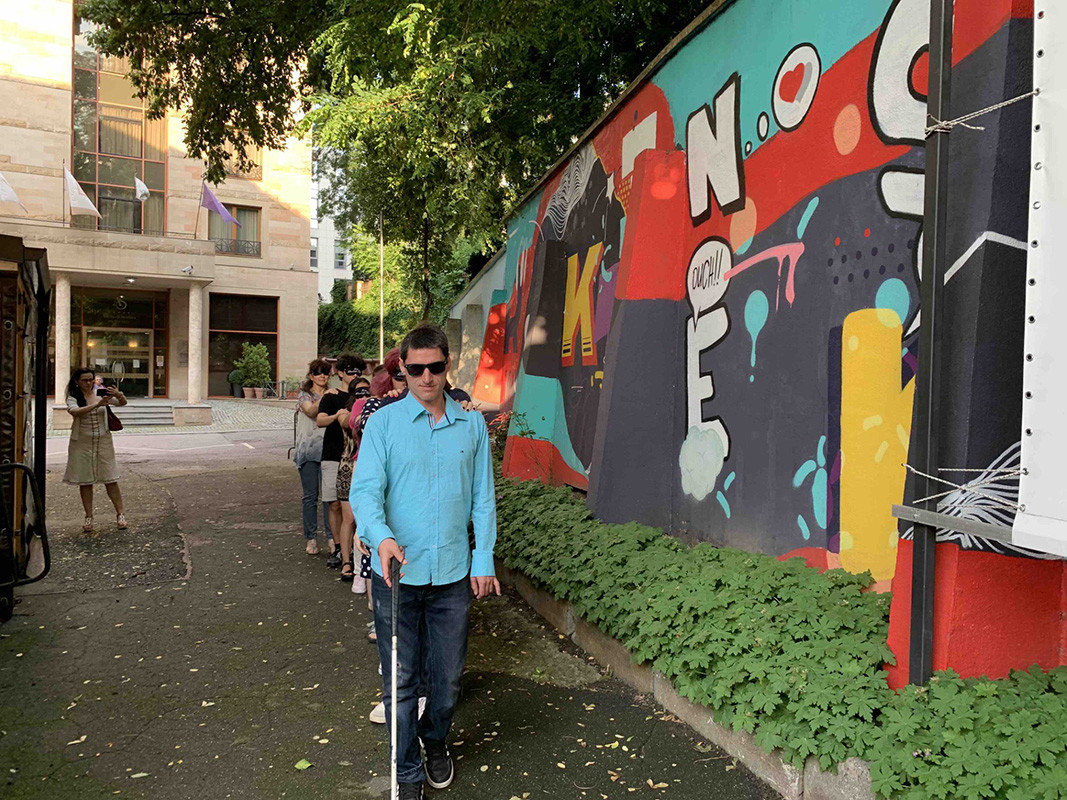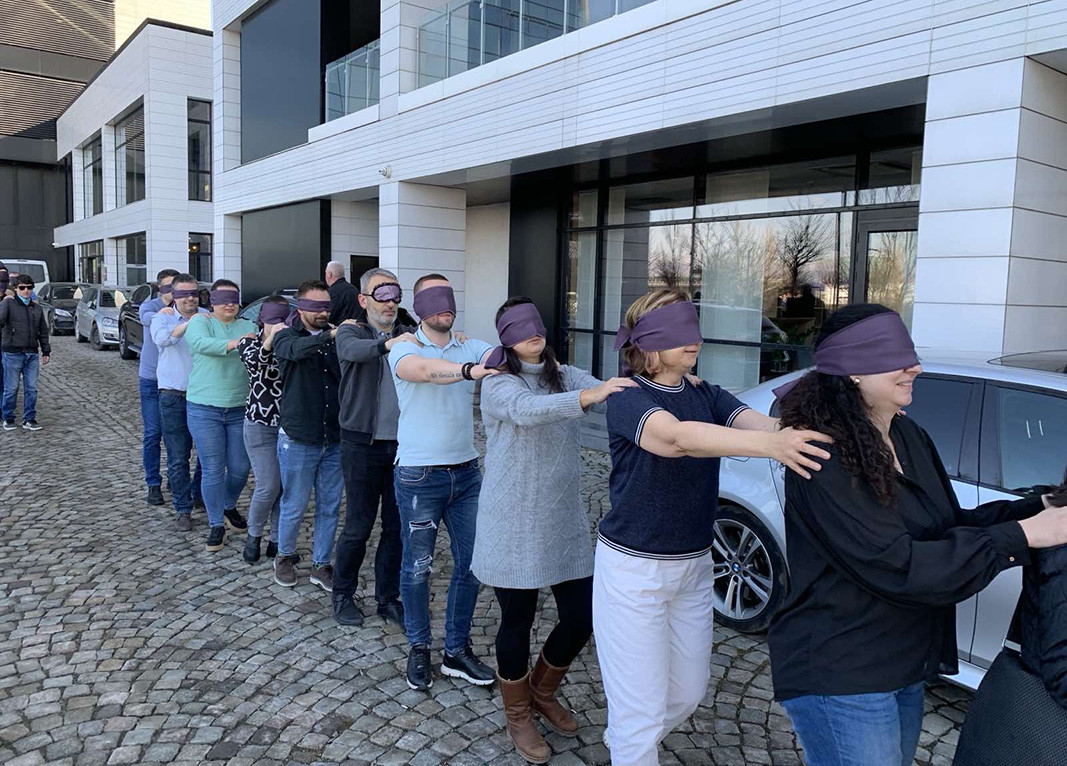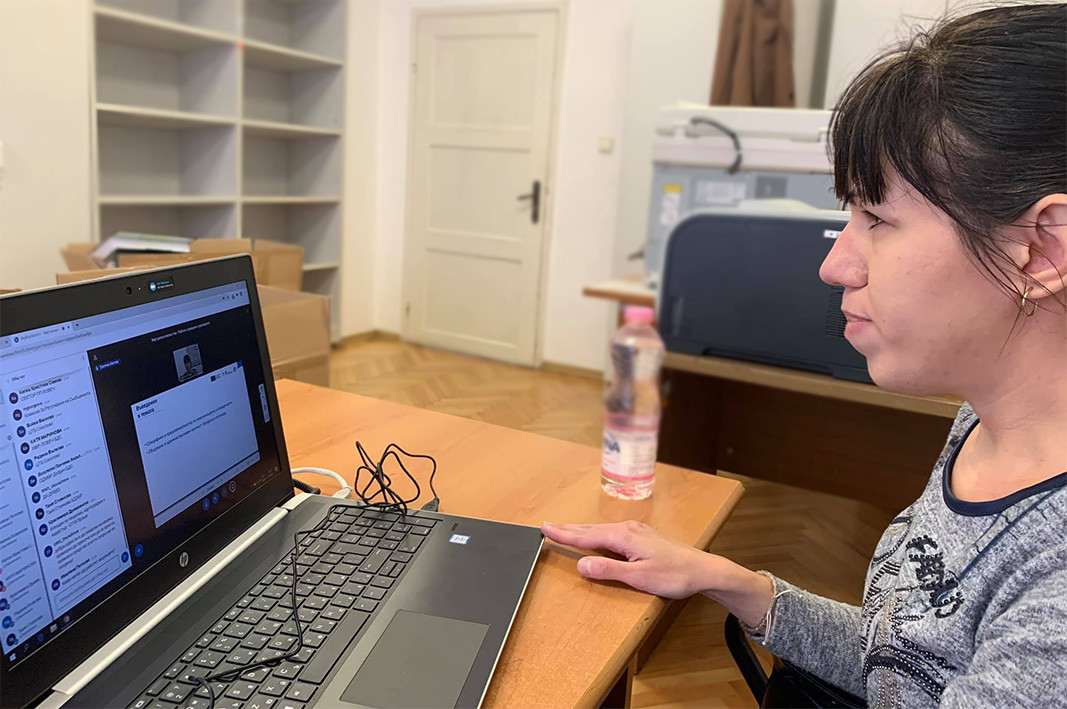




On Monday, the cloud cover over Eastern Bulgaria will break up and it will be mostly sunny across the country. There will be light to moderate westerly and northwesterly winds. Daytime temperatures will rise. The lowest temperatures will range from..
More than 98% of the identified damages to the electrical facilities have already been repaired, said Energo Pro. Emergency teams continue their efforts to restore electricity to dozens of villages in the regions of Gabrovo and Targovishte and Gorna..
"According to the church's rules, there cannot be two Orthodox churches in one place, on one canonical territory", Patriarch Daniil told journalists regarding the decision of the Supreme Court of Cassation to register the Bulgarian Orthodox Old..
After thousands of people and hundreds of towns and villages were left without electricity for a week , in a statement to the media, the leader of the..
“There is only one Orthodox church. The traditional religion in Bulgaria is Eastern Orthodoxy, and the Bulgarian Orthodox Church is its sole exponent..
There is a persistent trend of a greater number of Bulgarians returning from abroad, as well as citizens of EU countries settling in the country...

+359 2 9336 661
